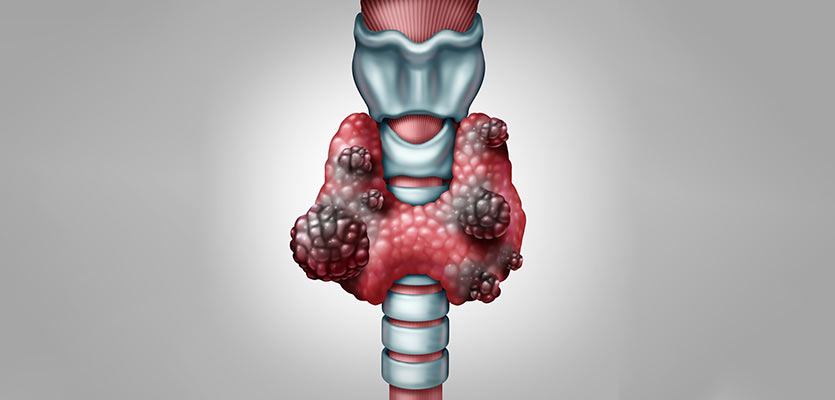

MBBS (AIIMS), MS (Surgery, AIIMS), MNAMS, FACS (USA), FICS (USA), FUICC
Mon, 22 Jan 2024

Having an improper connection between your esophagus and trachea is a condition known as a tracheoesophageal fistula (TEF). Congenital indicates that the condition developed while the fetus was still developing. TEF can also develop as an adult as a result of cancer, an infection, or trauma. Surgery is used as a treatment to seal the fistula. To get your surgery done consult Dr. Arvind Kumar, one of the best chest surgeons in Delhi. Consult us to book your appointment.
The trachea (windpipe) and esophagus (the hollow tube connecting the throat from your stomach) are normally different structures. Tracheoesophageal fistula (TEF) is a condition in which there is an improper connection between the two organs. As a result, you breathe in food and liquids that end up in your lungs.
Tracheoesophageal fistula is an abnormal communication between wind and food pipe. Tracheoesophageal fistula can occur due to cancer of the food pipe infiltrating into the windpipe (and rarely, vice versa) or due to non-cancer (benign) causes like prolonged ventilation, trauma, and following some operations.
Tracheoesophageal fistula is inherited. In other words, it comes with birth. The majority of TEF instances are detected and treated in childhood.
Adults may also develop tracheoesophageal fistulas called Acquired tracheoesophageal fistula, as an outcome of lung or esophageal cancer, infections (including TB), trauma following a surgical operation, or esophageal cancer or lung cancer.
There are several TEF kinds:
Patients suffering from Tracheoesophageal fistula develop a cough on trying to eat or drink anything. Sometimes, it can cause life-threatening choking.
Tracheoesophageal fistula (TEF) diagnosis frequently entails a mix of clinical evaluations and specialized diagnostics. The diagnosis for Tracheoesophageal fistula is confirmed by Bronchoscopy and Esophagoscopy.
Tracheoesophageal Fistula (TEF), is largely treated surgically. For the possible life-threatening consequences of this illness to be alleviated, quick medical care is necessary.
The treatment consists of disconnection of the fistula (abnormal communication) and closure of resultant holes in the food pipe as well as the windpipe. We usually try to put some living tissue in between these repaired holes. In the neck this procedure can be easily performed by the open method.
However, in the chest, it requires major Thoracotomy, which has been our teams special area of interest for over a decade. After this extensive experience, now we are in a position to do this complex operation of Tracheoesophageal fistula by Key-hole/robotic method also
After TEF repair, people could need specialized care, such as:
In conclusion, surgery is a crucial component in treating tracheoesophageal fistula. Patients have the best chance of staying healthy when timely intervention is done by experts who can perform surgical operations and make sure it is followed actively by thorough post-operative care.
Copyright @ (Prof.) Dr. Arvind Kumar. All Rights Reserved / Thoracic Surgical Oncologis
License Number: U.P State Medical Council (India) No. 27637
